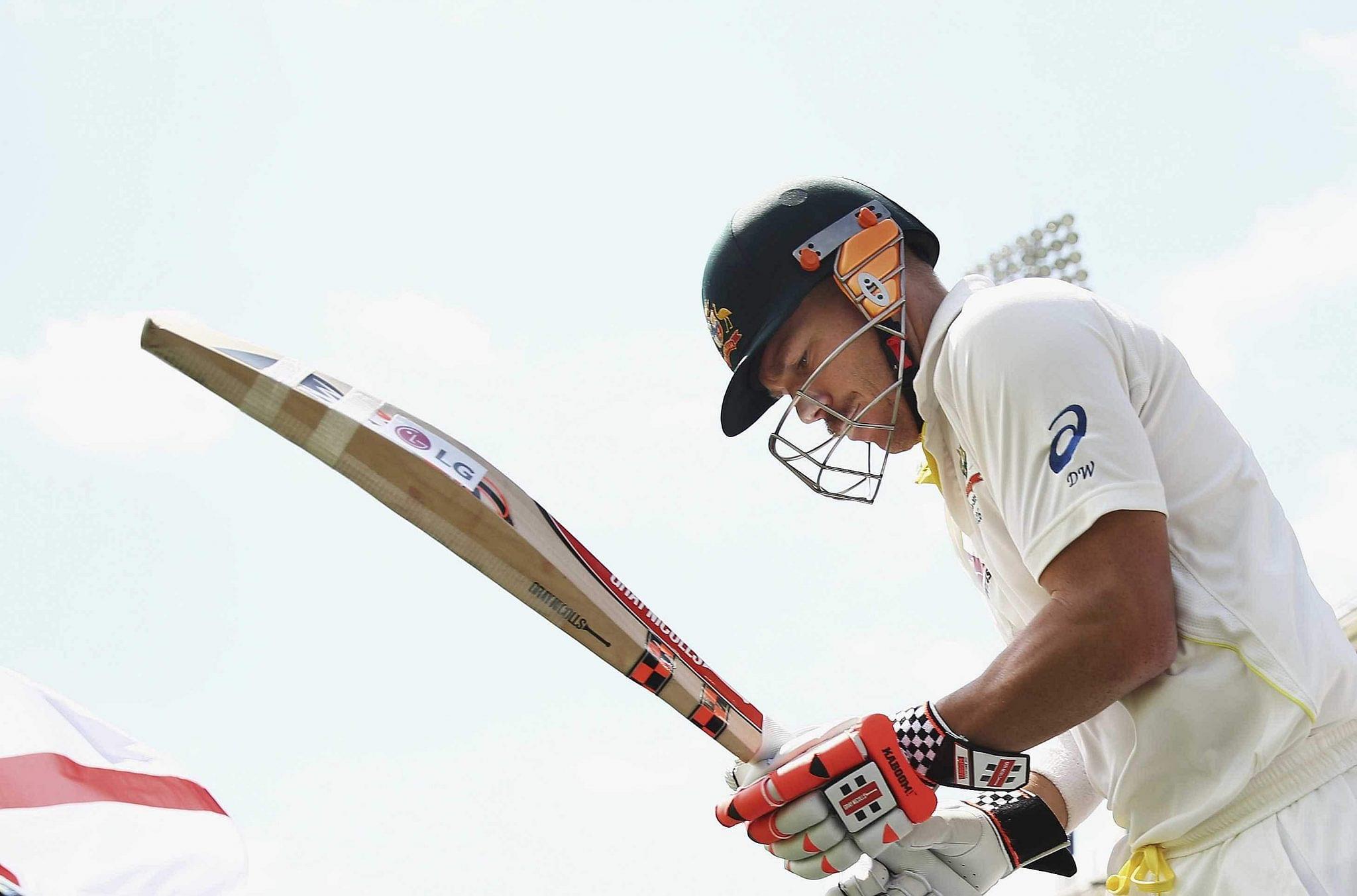Advertisement
While India and Australia were fighting it out in a gripping test match in Bangalore, the MCC came up with rules that could change the course of cricket over the next few years. If you were watching the India vs Australia test match, it could very well have been the last time you saw David Warner walk out with a bat that thick(MCC rules)
The Marleybone Cricket Club have come up with cricket’s new code of laws that put a restriction on the size of the bats and give the umpires the power to send players off. These new set of rules will kick in from October 1.
The maximum dimensions of a bat will be restricted to 108mm in width, 67mm in depth and with 40mm edges according to the new code which will be issued on Oct. 1, the MCC said in a media release.
This step has been taken to address the growing imbalance between bat and ball(especially in limited overs cricket), as even mis hits have started to clear the fence with utmost ease.
Also Read: Twitter outrage over Steve Smith’s controversial DRS incident
“The bat size issue has been heavily scrutinised and discussed in recent years,” the MCC’s John Stephenson said.
“We believe the maximum dimensions we have set will help redress the balance between bat and ball, while still allowing the explosive, big hitting we all enjoy.”
The MCC also decided to address the issue of sledging and general misconduct on the field, something that was disturbing the sanctity of the beautiful game. Umpires will now be able to warn players, award penalty runs and send players off for misconduct on the cricket field. Instances of throwing the ball or/and coming in physical contact of an opponent will be dealt with sending offs(or a penalty of 5 runs, at the discretion of the umpire).
This move is believed to bring back the gentleman spirit and avoid unnecessary altercations on the field.
“We felt the time had come to introduce sanctions for poor player behaviour and research told us that a growing number of umpires at grass roots level were leaving the game because of it,” Stephenson said.
The MCC has done quite some research before coming up with these laws and we hope that they have the desired effect, and cricket benefits from them






